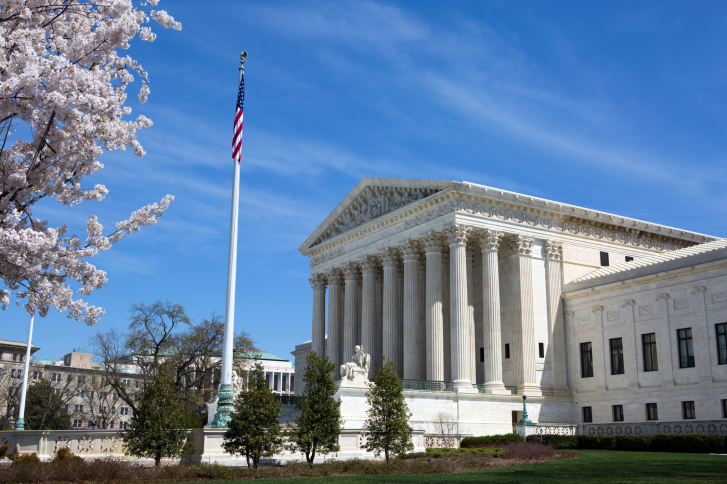Rep. Paul Ryan (R-WI) delivered an excellent speech to the Economic Club of Chicago in late May focusing on his debt reduction plan. Ryan observed that government spending has increased at a record rate but the economy has not recovered to any substantial degree.
Control of government spending, according to Ryan, is crucial for a solution. Ryan emphasized health care costs must be controlled by restructuring the Patient Protection and Affordable Care Act, the so-called Obamacare bill that the Democrat-controlled Congress passed in 2010.
However, Ryan absolved the original Troubled Asset Relief Program (TARP) that Treasury Secretary Hank Paulson (the former CEO of Goldman Sachs) initiated in 2008 during the Bush administration.
Dubious TARP Benefits
The TARP was promoted as a way to unfreeze the credit market by cleaning up the balance sheets of banks that had overinvested in subprime mortgages. But that proved to be too difficult, according to Paulson, so he soon changed the program to a bailout of the large Wall Street investment banks. Did this keep the financial markets from collapsing? Doubtful. Exchange-traded contracts were never in danger, as Leo Melamed, chairman emeritus of the Chicago Mercantile Exchange, pointed out in his 2009 book For Crying Out Loud.
Some people have claimed Ryan missed the mark in criticizing the Federal Reserve for increasing the money supply in an attempt to stimulate employment. On this issue Ryan is on target.
Bump, Then Fall
According to Milton Friedman in his 1994 book, Monetary Mischief, when the money supply rises faster than the growth in overall economic activity, the result is rampant inflation approximately 24 months later. But first, in six to nine months, comes a modest boost in economic activity.
Friedman wrote: “The increased quantity of money enables whoever has access to it—nowadays, primarily the government—to spend more without anybody having to spend less. Jobs become more plentiful, business is brisk, almost everybody is happy—at first.”
After the inflation and stagnation kick in, however, economic activity and employment decline. To reverse the inflation, the growth in the money supply has to be slowed, and with it comes a 24-month recession with much greater job losses. At the end of the day, a modest increase in employment in the short run—if it occurs at all—is overwhelmed by the huge decrease in employment due to the recession.
No Bump Yet
However, so far this time there has been no boost in economic activity in the nine months after the increase in the money supply began. This suggests to me that businesses are not fooled into believing even a short jump in economic activity will happen.
Paul Ryan is mostly right on the debt and monetary issues.
Jim Johnston ([email protected]) is a policy advisor to and senior fellow for The Heartland Institute and a founding member of its board of directors.




